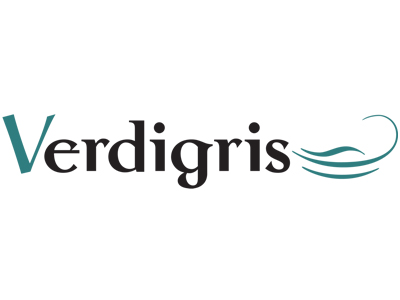The importance of and interest in Environmental Product Declarations (EPDs) in the graphics industry is probably nil. At least at the moment. But at some stage graphics professionals, either in the development community or as publishers and content producers, will need to understand their worth. It’s a tad melodramatic to say that the future of the industry may depend on them, but that could indeed prove to be the case.
The problem is that the worth of an EPD is decidedly abstract because an EPD only has value if it proves that one product example is superior to another. If we want to claim that a printed book has a lower environmental impact than an e-book for instance, we need to use EPDs. But an EPD can only really be fair and comparable if it is based on the same dataset. A printed copy of a book is the same as the electronic version from an author or publisher’s perspective, it’s just a difference of format. But how do we create a foundation for EPDs that is workable and fair and that take into account different formats?
The EPD and associated sustainability communities have come up with the idea of Product Category Rules or PCRs to help solve this conundrum. A PCR is a mechanism that should ensure that EPDs can be fairly compared. It is a collection of rules that together classify a given type of product, say golf clubs. The PCR will include the product’s function, the materials it can be made of, say wood or carbon fibre, and its components. In the case of a golf club this would be the shaft, the head and the handle, plus screws and other minor parts such as a nameplate. The amount of detail has to be excruciating if two EPDs based on the same PCR are to be truly comparable. Only about one hundred PCRs exist, which gives a hint at how hard they are to create. Fortunately the paper industry has been busy developing PCRs for wood and pulp products. The PCRs support the development of Life Cycle Analyses and EPDs so that different paper products can be compared fairly.
But not much, if indeed any, work has been done on publications such as newspapers and books. But the development of some sort of taxonomy to classify different types of newspapers and books would be very useful, if not now then certainly in the future. Volunteers?
– Laurel Brunner
This article was produced by the Verdigris project, an industry initiative intended to raise awareness of print’s positive environmental impact. This weekly commentary helps printing companies keep up to date with environmental standards, and how environmentally friendly business management can help improve their bottom lines. Verdigris is supported by the following companies: Agfa Graphics, EFI, Fespa, HP, Kodak, Kornit, Ricoh, Spindrift, Splash PR, Unity Publishing and Xeikon.





